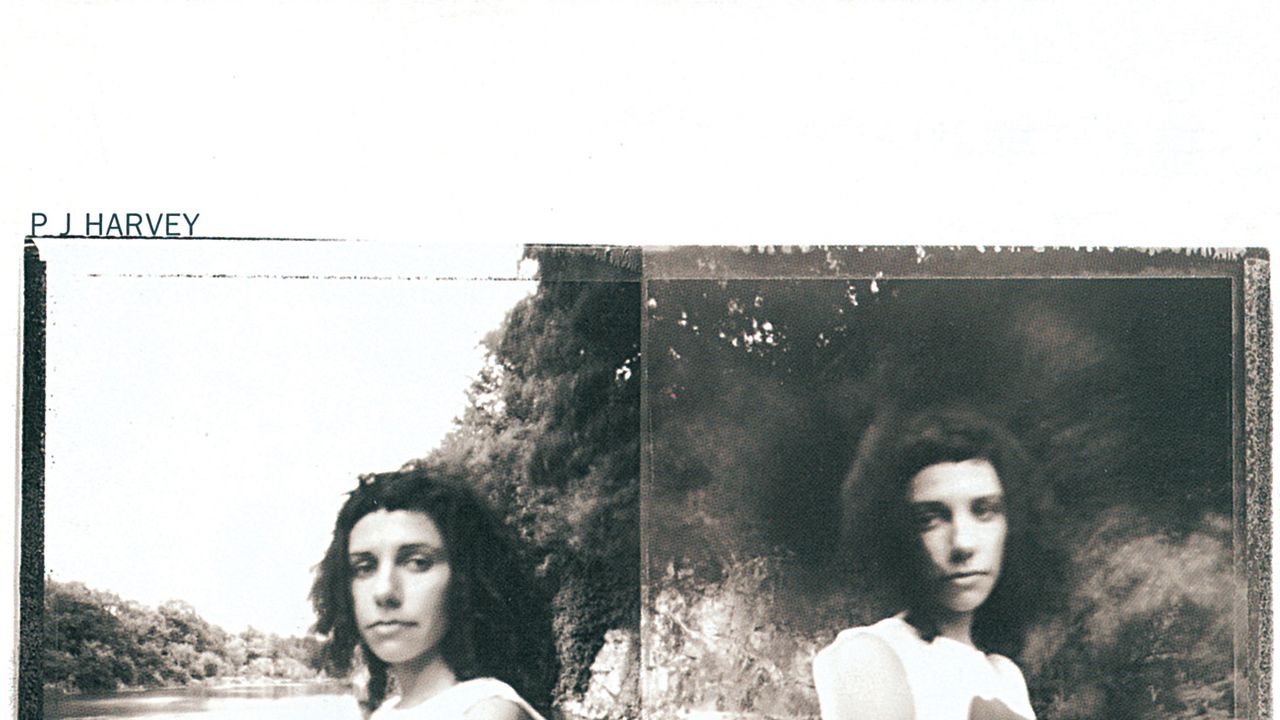A woman lives in a garden surrounded by high rock walls. Moss and lichen grow like the hair and skin of something ancient over the cobblestone. Everything in the garden is old, and even new things are aged by the air inside of it. No one can come in, nor can she get out. She sees a figure passing outside between the cracks in the wall and wonders who they are, what life might be like if they were together in the garden. When the wind blows through the cracks in the wall, she mistakes it for the figure’s voice, crying out to her in a language beyond sense. She longs to know whomever it is, but she can never know them, she can only know what she imagines—her ideas and dreams of the person, which are just refractions of her, broken mirror pieces in which she’s just as likely to appear as disappear.
Every song on PJ Harvey’s Is This Desire? is a story, and each of them operates in some way like this. They’re loops, cycles without end: If they dried up and died in the winter, they might blossom again in the spring, their longings renewed in the thaw. They progress from chorus to verse as if they were taking meaningless daily walks, always in the same direction, always accompanied by the same obsessive sequence of thoughts. The only change is in intensity, a desperation to remain or even just briefly appear in the sight of the one they’re longing for. Here I am. Can’t you see me? Don’t you know who I am?
The album wasn’t Harvey’s first attempt at wrestling with desire. Desire on her early records was often depicted as a power struggle between spirit and body, out of which she emerged feral, screaming, sometimes covered in the blood of someone else. This culminated in her persona on To Bring You My Love, a devil in a red dress and heels, a conductor of desire that made things happen through the sheer power of seduction. “I was quite lost as a person then, and I reflected that,” she told USA Today. “Rather than it being a mask, it was an experiment and a stage I needed to go through.” Is This Desire? marks the end of that experiment in persona, though ironically there’s more persona than ever: It’s the only one of her albums that’s entirely split up into character studies. And it’s strange and disarming to notice that no character in Is This Desire? has any kind of sexual or romantic power, not over their beloved nor over themselves. They are piloted entirely by their longings, onto the path toward their own doom.
